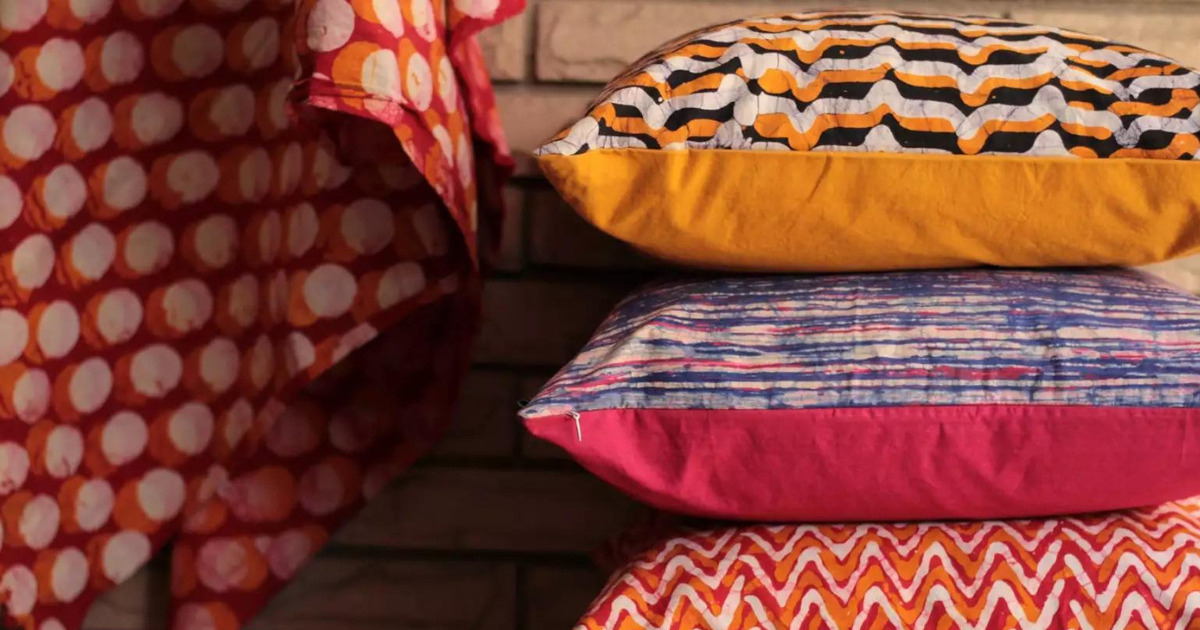Although cushion covers are often considered merely decorative items, they play a key role in the aesthetics and functionality of home interiors. For centuries, these adaptable accessories have been a part of people’s homes, evolving in style, material, and function. The multi-faceted world of cushion covers is the subject of this article, which delves into their history, materials, styles, and practical benefits.
A View from the Past
The use of cushions and their covers dates back to ancient human civilizations. Rich individuals in ancient Egypt frequently used cushions with elaborate needlework and costly fabrics like silk. These early examples highlight the longstanding tradition of using luxurious materials and intricate designs to enhance the beauty and comfort of living spaces.
Styles and Trends
Cushion covers come in a wide variety of styles, all of which enhance a room’s overall appeal. A room’s appearance may be altered by the type of cushion covers, which come in both conventional and modern styles. Traditional designs often feature rich colors and intricate patterns, while modern styles favor clean lines and minimalistic patterns. These covers are a great choice for creating a cozy, warm atmosphere.
Seasonal Cushion Covers
Lots of people like to change their pillow covers with each new season. Light, gorgeous covers for the summer and rich, warm covers for the winter help keep the styling fresh and meaningful. This seasonal approach allows homeowners to easily update the look and feel of their interiors throughout the year.
Practical Advantages
In addition to aesthetics, cushion covers offer a number of practical advantages. They protect the cushions from wear and tear, spills, and stains, consequently extending the life of the cushions. This adaptability ensures that cushion covers can meet the specific requirements of any style project. They also allow for easy cleaning and maintenance, making them a practical choice for busy households.
Sustainable Alternatives
Sustainable pillow covers are becoming increasingly popular as people become more aware of environmental issues. Using eco-friendly materials such as organic cotton, hemp, and recycled fabrics, we create cushion covers that are stylish and environmentally friendly. Furthermore, a lot of producers and craftspeople employ ethical practices to ensure just compensation and favorable working environments. Choosing sustainable cushion covers not only benefits the planet but also supports fair labor practices and traditional craftsmanship.
Conclusion
Cushion covers are much more than mere decorative items; they are essential components of home decor that combine aesthetics with functionality. From their historical roots in ancient civilizations to their modern-day versatility, cushion covers continue to evolve, reflecting the changing tastes and needs of society. Whether for their practical benefits, aesthetic appeal, or sustainable qualities, cushion covers remain a vital part of interior design.

